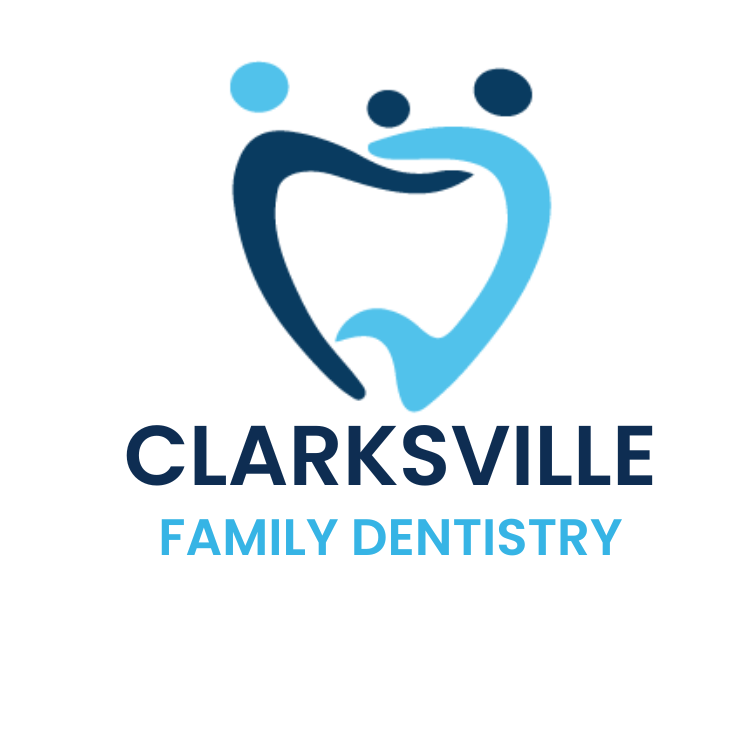
How to Avoid Dry Socket After a Tooth Extraction
If you’re gearing up for a tooth extraction, steering clear of dry socket is undoubtedly a priority. Dry socket, a painful condition that can emerge post-extraction, demands proactive measures for prevention. Here’s how to sidestep this discomfort and ensure a smoother recovery.
Understanding Dry Socket:
Following a tooth extraction, a crucial blood clot typically forms in the socket, safeguarding the underlying bone and nerves. However, if this clot fails to develop or becomes dislodged, the exposed bone and nerve can pave the way for dry socket, heralded by intense pain and potential infection.
Tips to Avoid Dry Socket:
Avoid Tobacco Use:
- Steering clear of tobacco products is paramount, as smoking or using chewing tobacco can disrupt blood clot formation and impede healing. Be transparent with your dentist about your tobacco habits, and explore alternatives like nicotine patches.
Mindful Eating and Drinking:
- Opt for soft, gentle foods post-extraction, avoiding straws and steering clear of hard, sticky, or chewy fare. Drinking with straws poses a risk of dislodging the clot, while certain foods can exacerbate discomfort.
Refrain from Alcohol:
- Alcohol and alcohol-based mouthwashes should be sidelined for at least 24 hours post-extraction, as they can hinder healing and increase the likelihood of clot dislodgment.
Gentle Oral Hygiene Practices:
- Adopt a gentle approach to oral hygiene, refraining from vigorous rinsing and opting for soft brushing around the extraction site. Avoid brushing near the site for the initial 24 hours to allow clot formation.
Prioritize Rest:
- Embrace rest and relaxation during the initial 24 hours post-extraction, steering clear of strenuous activities to minimize bleeding and facilitate clot formation.
Medication Disclosure:
- Inform your dentist about any medications you’re taking, as certain drugs, like certain birth control pills, can heighten susceptibility to dry socket. Adjustments may be recommended to mitigate risks.
Adherence to Follow-Up Visits:
- Attend scheduled follow-up appointments diligently, allowing your dentist to monitor healing progress and address any concerns promptly.
Prompt Communication:
- Keep the lines of communication open with your dentist and promptly report any signs of dry socket, such as persistent pain unrelieved by over-the-counter medications or visible absence of the clot.
Conclusion:
By implementing these proactive strategies, you can significantly reduce the risk of encountering dry socket post-tooth extraction. Prioritizing oral care and heeding professional guidance facilitate a smoother recovery, ensuring optimal comfort and ease during the healing process.
